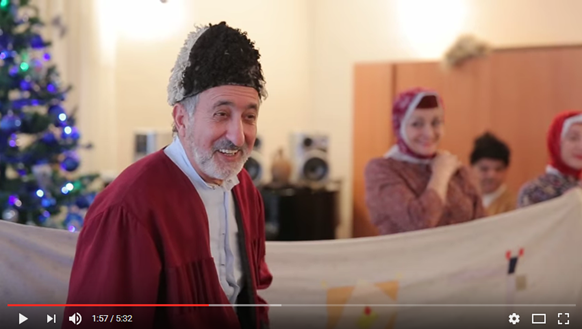Source: https://chronicleofsocialchange.org
by Elizabeth Bartholet and Chuck Johnson
The current State Department has developed policies that have been disastrous for children languishing in institutions abroad. There are many millions of such children, some of them orphaned, some abandoned by or removed from their birth parents.
Most of these children have no likelihood of finding a family in their country of origin. International adoption provides their best prospect for a family, and the social science shows that such adoption works extremely well for children, helping repair damage done prior to adoption and enabling children adopted at early ages to thrive. By contrast the brain and social science shows that institutions cause mental, emotional and physical damage destructive of a child’s potential.
Despite this evidence, the State Department has joined with other forces to help shut down international adoption as a meaningful option for institutionalized children, bowing to claims that equate such adoption with first-world imperialism, child trafficking and cultural genocide. As a result, the number of children adopted into the U.S. has dropped by two-thirds since 2004.
Continue reading.
by Elizabeth Bartholet and Chuck Johnson
The current State Department has developed policies that have been disastrous for children languishing in institutions abroad. There are many millions of such children, some of them orphaned, some abandoned by or removed from their birth parents.
Most of these children have no likelihood of finding a family in their country of origin. International adoption provides their best prospect for a family, and the social science shows that such adoption works extremely well for children, helping repair damage done prior to adoption and enabling children adopted at early ages to thrive. By contrast the brain and social science shows that institutions cause mental, emotional and physical damage destructive of a child’s potential.
Despite this evidence, the State Department has joined with other forces to help shut down international adoption as a meaningful option for institutionalized children, bowing to claims that equate such adoption with first-world imperialism, child trafficking and cultural genocide. As a result, the number of children adopted into the U.S. has dropped by two-thirds since 2004.
Continue reading.



